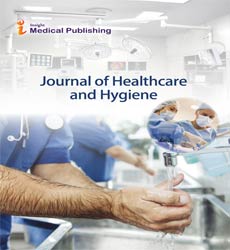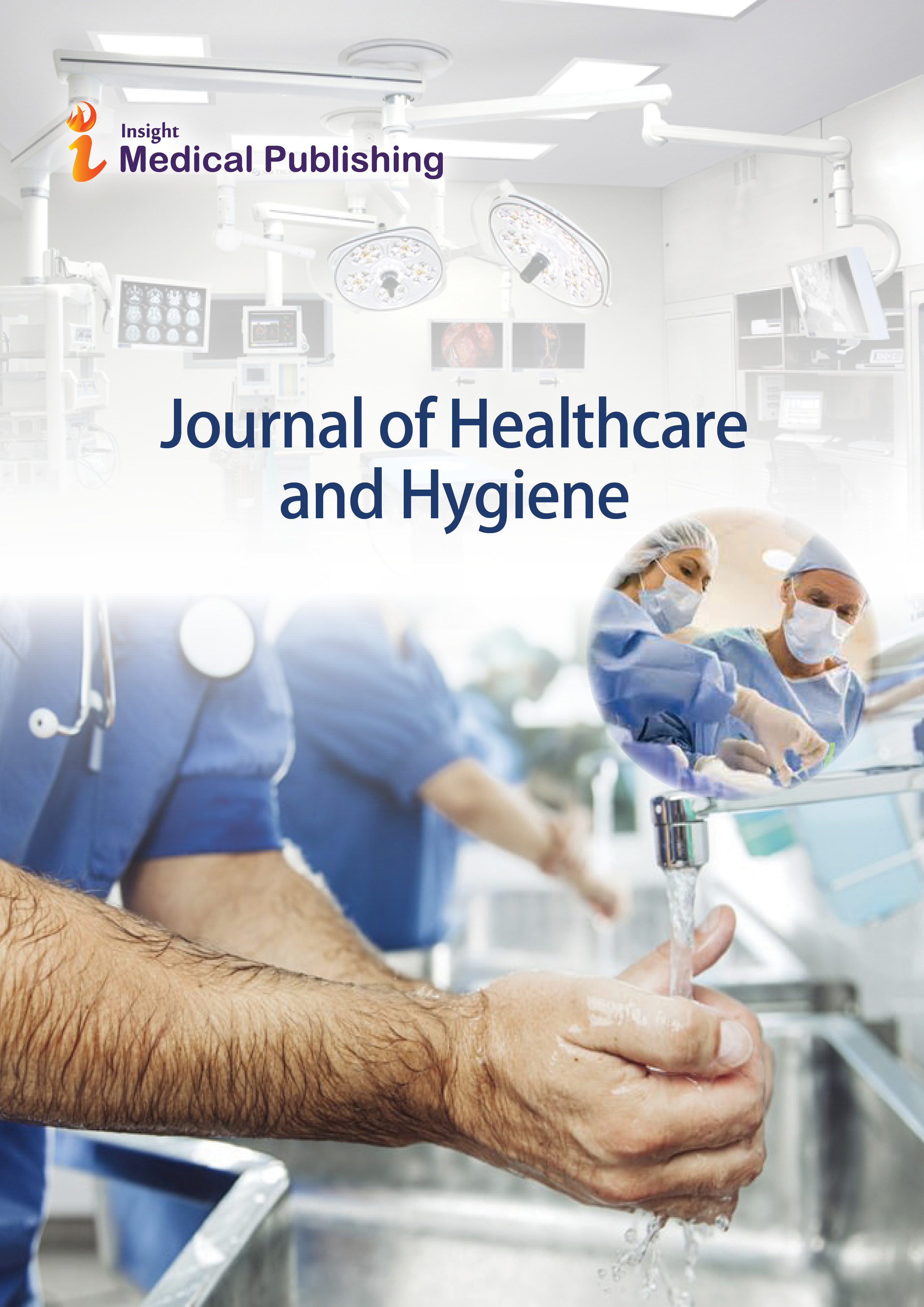The importance of making friendly environment by radiographer during radiology procedure for Pediatric patient aged between 7 to 10 years old with autism disorder in purpose of reduction radiation dose to the patient.
Abstract
Radiological imaging is a diagnostic tool which is significantly valuable in the pediatric population. However, there are number of contrast challenges in pediatric imaging especially with autism disorder in comparison with the imaging of normal pediatric. It is important for the radiographer to maintain a friendly environment for the autistic pediatric population as this population are more irritable and afraid of strangers as well as unfamiliar environments. By creating a friendly environment and communicate radiographer can encourage them that improve the patient experience. To attain this the environment should be made more child-friendly, like painting the walls with colorful characters, or by keeping a small aquarium and cartoon channel in the waiting room. Another reason that radiographer need to gain the trust of autistic pediatric population and co-operation prior and during the radiology examination, as it might be difficult in few cases where the children can be critically ill. The radiographer also needs to maintain a safe environment as the expanded radiation affectability of developing organs and pediatric population's long-anticipated life ranges make them more vulnerable to the destructive impacts of radiation. Protection and safeguarding from radiation are crucial concerns for this age group as the risk component for induction of cancer in pediatric population is a10 times higher than in adults.

Open Access Journals
- Aquaculture & Veterinary Science
- Chemistry & Chemical Sciences
- Clinical Sciences
- Engineering
- General Science
- Genetics & Molecular Biology
- Health Care & Nursing
- Immunology & Microbiology
- Materials Science
- Mathematics & Physics
- Medical Sciences
- Neurology & Psychiatry
- Oncology & Cancer Science
- Pharmaceutical Sciences
